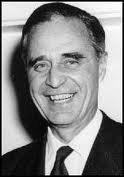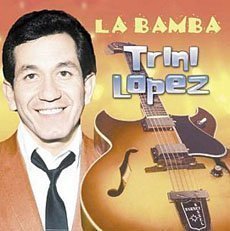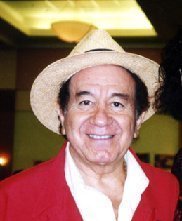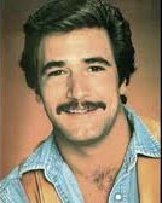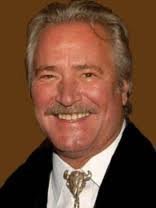A marriage license (or marriage licence in Commonwealth spelling) is a document issued, either by a religious organization or state authority, authorizing a couple to marry. The procedure for obtaining a license varies between jurisdictions, and has changed over time. Marriage licenses began to be issued in the Middle Ages, to permit a marriage which would otherwise be illegal (for instance, if the necessary period of notice for the marriage had not been given).
Today, they are a legal requirement in some jurisdictions and may also serve as the record of the marriage itself, if signed by the couple and witnessed. In other jurisdictions, a license is not required. In some jurisdictions, a "pardon" can be obtained for marrying without a license, and in some jurisdictions, common-law marriages and marriage by cohabitation and representation are also recognized. These do not require a marriage license. There are also some jurisdictions where marriage licenses do not exist at all and a marriage certificate is given to the couple after the marriage ceremony has taken place.
History
For most of Western history, marriage was a private contract between two families. Until the 16th century, Christian churches accepted the validity of a marriage on the basis of a couple's declarations. If two people claimed that they had exchanged marital vows, even without witnesses, the Catholic Church accepted that they were validly married.
Some states in the US hold that public cohabitation can be sufficient evidence of a valid marriage. Marriage license application records from government authorities are widely available starting from the mid-19th century. Some are available dating from the 17th century in colonial America. Marriage licenses have been required since 1639 in Massachusetts, with their use gradually expanding to other jurisdictions.
In the United States, until the mid-19th century, common-law marriages were recognized as valid, but thereafter some states began to invalidate common-law marriages. Common-law marriages, if recognized by law, are valid, notwithstanding the absence of a marriage license; this becomes an issue in the settlement of decedents' estates. North Carolina and Tennessee (which was originally western North Carolina) never recognized marriage at the common law as valid without a license unless entered into in other states. They have always recognized otherwise valid marriages (except bigamous, polygamous, interracial, or same-sex) entered into in conformity with the law of other states, territories and nations.
The specifications for obtaining a marriage license vary between states. In general, however, both parties must appear in person at the time the license is obtained; be of marriageable age (i.e., over 18 years; lower in some states with the consent of a parent); present proper identification (typically a driver's license, state ID card, birth certificate or passport; more documentation may be required for those born outside of the United States); and neither must be married to anyone else (proof of spouse's death or divorce may be required for someone who had been previously married in some states).
The US states of Louisiana, Florida, Connecticut, Wisconsin, Indiana, Oklahoma, Massachusetts, Mississippi, California, New York, and the District of Columbia once required blood tests before issuing a marriage license, but such requirements have since been abolished. The tests were mainly used to check for previous or current bouts of syphilis and rubella (German measles); other diseases that have been screened for before marriage in some cases have included tuberculosis, gonorrhea, and HIV, the last of which is the only one of those three that is detectable using a blood test.
Many states require 1 to 6 days to pass between the granting of the license and the marriage ceremony. After the marriage ceremony, both spouses and the officiant sign the marriage license (some states also require one or two witnesses). The officiant or couple then files for a certified copy of the marriage license and a marriage certificate with the appropriate authority. Some states also have a requirement that a license be filed within a certain time after its issuance, typically 30 or 60 days, following which a new license must be obtained.
Marriage licenses in the United States fall under the jurisdiction of the state in which the ceremony is performed; however, the marriage is generally recognized across the country. The state in which they are married holds the record of that marriage. Traditionally, working with law enforcement was the only means of searching and accessing marriage license information across state lines.
- 1 (8-ounce) package cream cheese, softened
- 1/4 cup sour cream
- 1/4 cup mayonnaise
- 2 teaspoons Dijon mustard
- 1 tablespoon chopped fresh chives
- 1 teaspoon fresh grated lemon zest
- 1 tablespoon fresh squeezed lemon juice
- 1 teaspoon seafood seasoning
- 2 cups shredded sharp white cheddar cheese, divided
- 1/4 cup grated parmesan cheese
- 12 ounces cooked lobster meat, chopped
- 1 (11.25-ounce) package frozen Texas toast, cooked according to package directions, cut into strips
- Preheat the oven to 375º. In a medium bowl, combine cream cheese, sour cream, mayonnaise, mustard, chives, lemon zest, lemon juice, and seafood seasoning; mix until thoroughly combined. Stir in 1-3/4 cups cheddar cheese, the parmesan cheese, and lobster meat; mix well.
- Spoon seafood mixture into a 1-quart baking dish or pie plate. Sprinkle with remaining 1/4 cup cheddar cheese.
- Bake for 20 to 25 minutes or until hot and golden on top. Serve hot with bread strips.
****Texas toast gives this recipe the buttered roll flavor, but feel free to dip with breadsticks, crackers, or your favorite vegetables.










